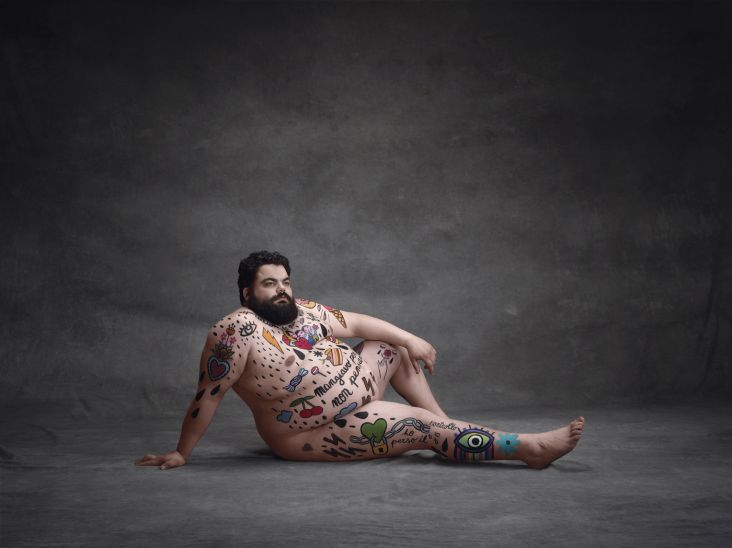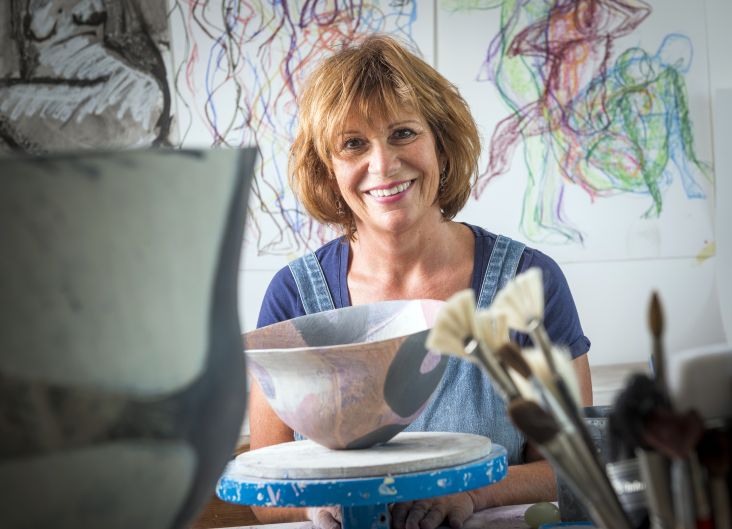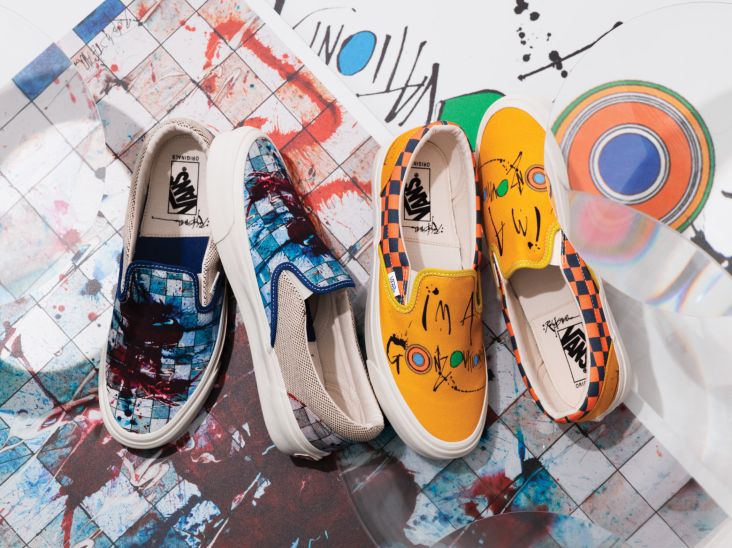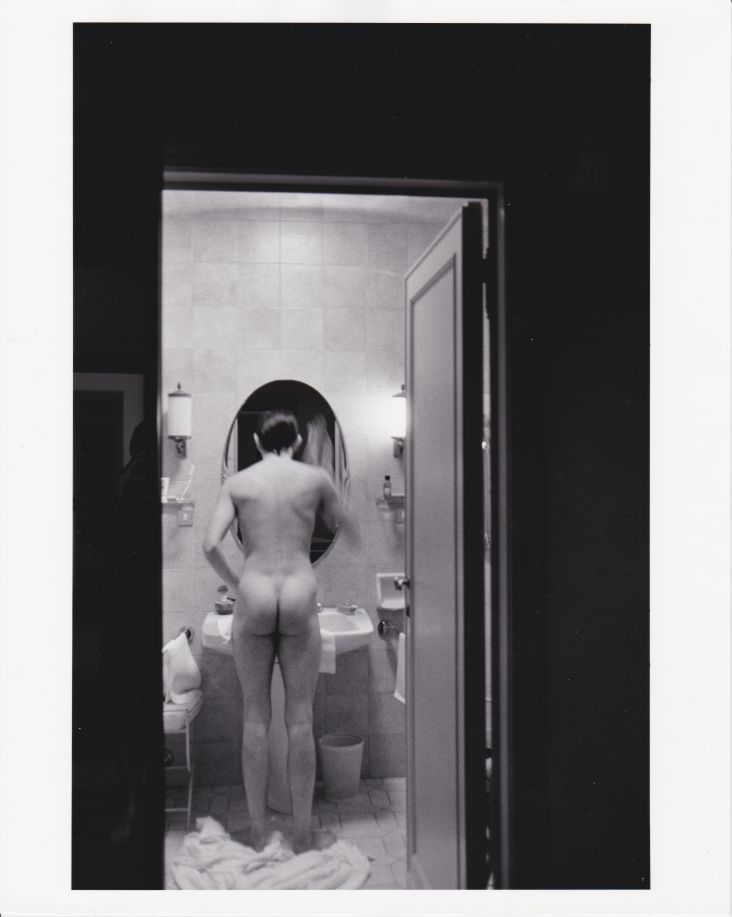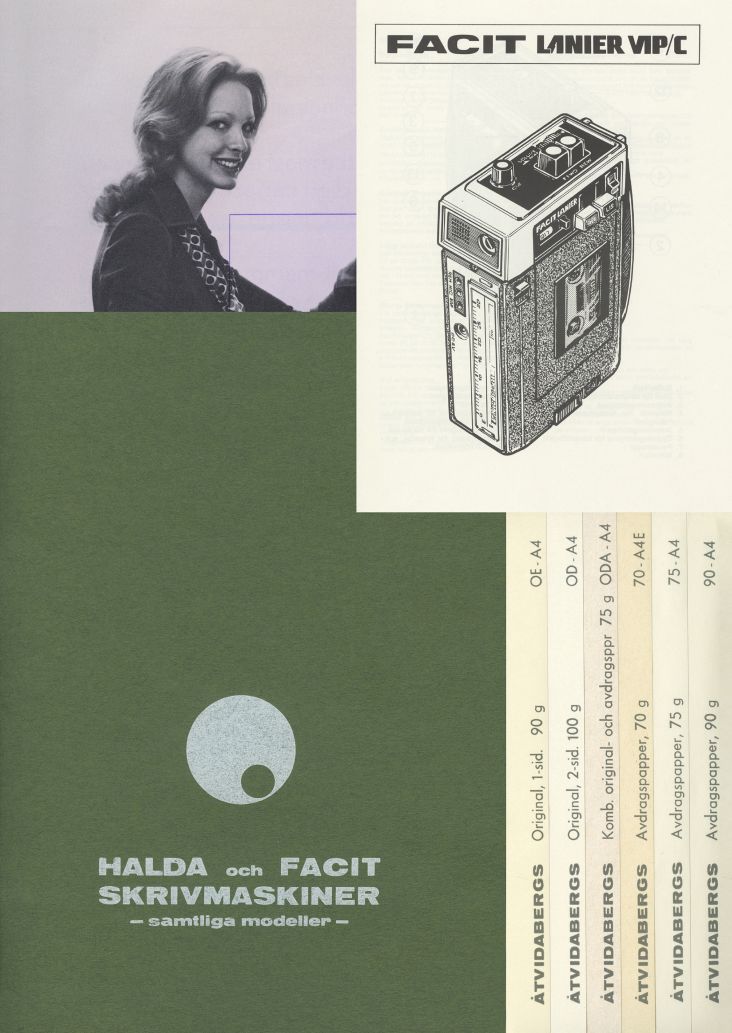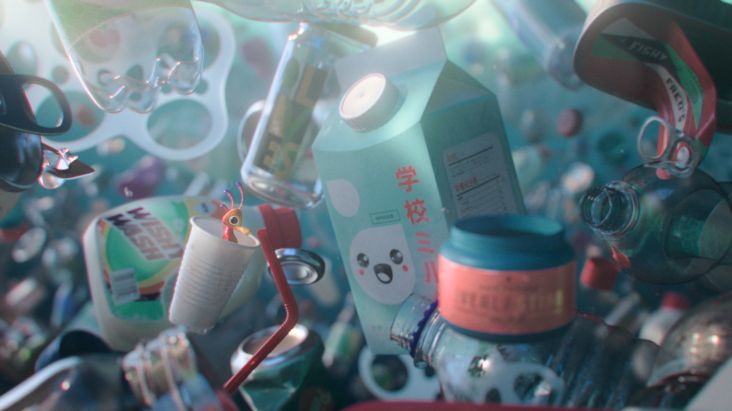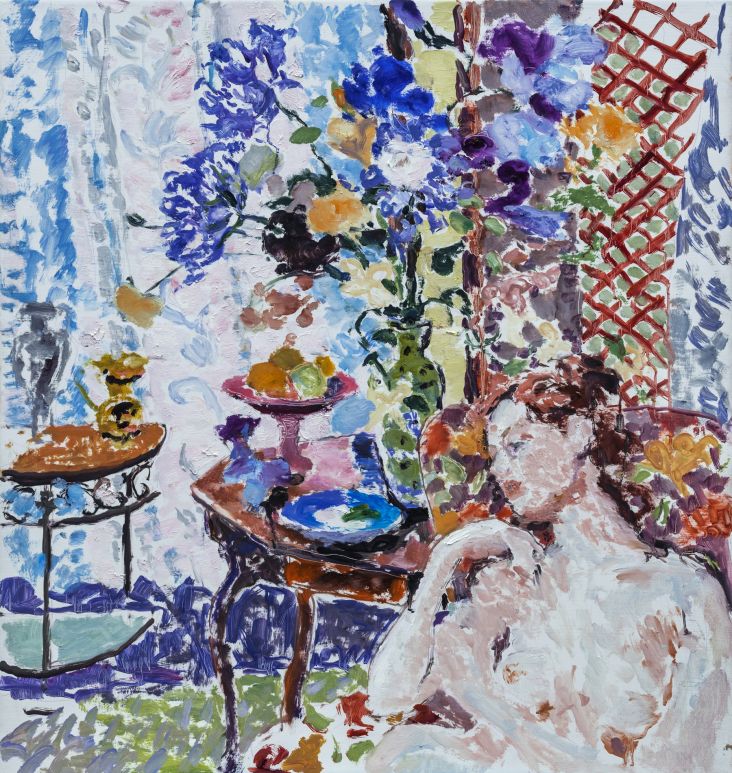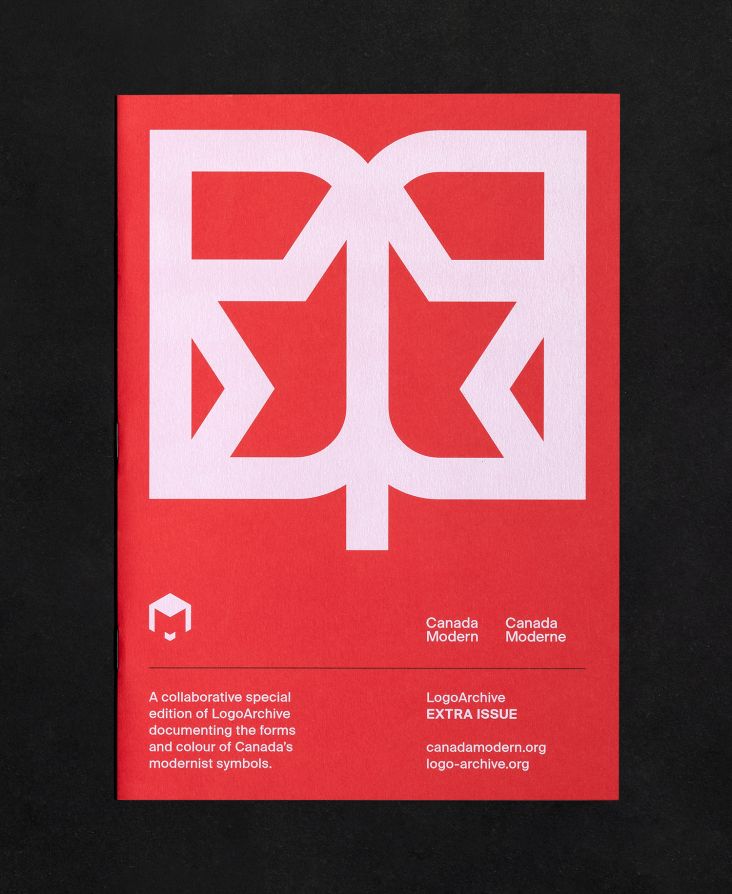Artist Emma Witter breathes new life into bones to create intricate sculptures of flowers
For most of us who eat meat, we tend to discard the leftovers once we've finished. For artist Emma Witter, she loves to breathe new life back into bones to create the most intricate sculptures.

All images courtesy of the artist
On show at the Sarabande Foundation this September – the organisation founded by fashion designer Lee Alexander McQueen CBE in 2007 – the exhibition will feature her latest body of work, Remember You Must Die.
Featuring sculpture and special objects, derived mostly from bone, alongside photographic prints and a site-specific installation, the works will pay gentle tribute to the symbolic and emotionally loaded material. The series focuses on the flower motif, from which Witter forms beautifully intricate studies constructed from tiny chicken feet bones.
This isn't the first time Witter has done this. For the past three years, she has explored the use of bone in varying forms, her meticulous process along with the stark bleached whiteness of the material results in objects that are hauntingly beautiful and surprisingly gentle.
She began recycling bones from her own consumption and that of friends, going on to source from chefs, butchers and by combing the shores of the River Thames. Her process is labour intensive as she then boils, cleans, bleaches, dries, and then categorises the bones forming a lengthy and ritualistic part of her practice.
"I am intrinsically drawn to the inherent strength of bones, their lightness and their fragility," Witter told Creative Boom. "Through the ritual of sourcing, cleaning and categorizing, the bones inform me and speak to me of sculpture and reinvention – a modern-day memento-mori that conveys beauty and spirituality rather than something morbid and associated with death."
Of course "memento mori" translates to "remember you must die" which has been explored by artists through the ages and was particularly prevalent in 16th and 17th-century Flemish art. It was common for artists from this period to use the skull as a recurring motif, often juxtaposed with flowers or fruit in its various stages of decay. Witter plays with this idea in her bone vase works where she uses pig shin bones as empty vessels which hold dying flowers, referencing Flemish painters who used the flower as a symbol for the fragility of life.
Bones have long been shown as symbols of death as well as wealth, power longevity and protection, but Witter chooses to reference their uses in everyday life. The bone matter is an ingredient in everything from soaps, sweets, oil, photographic processes, ink for body tattoos, distilling wines and crushed into powder for bone china. The artist has experimented with a number of these processes in her hope to change people’s perception of bones as purely a working material.
This new series of works will introduce copper elements into the bone for the first time, by doing so the artist hopes to draw parallels between the strength and high mineral value in both materials. By using copper in small support structures, stems, and delicate signatures, Witter will also be lining the interior of bone vessels with copper plating, where once was the mineral-rich bone marrow, where blood cells were produced, a new sire for repair and regeneration.
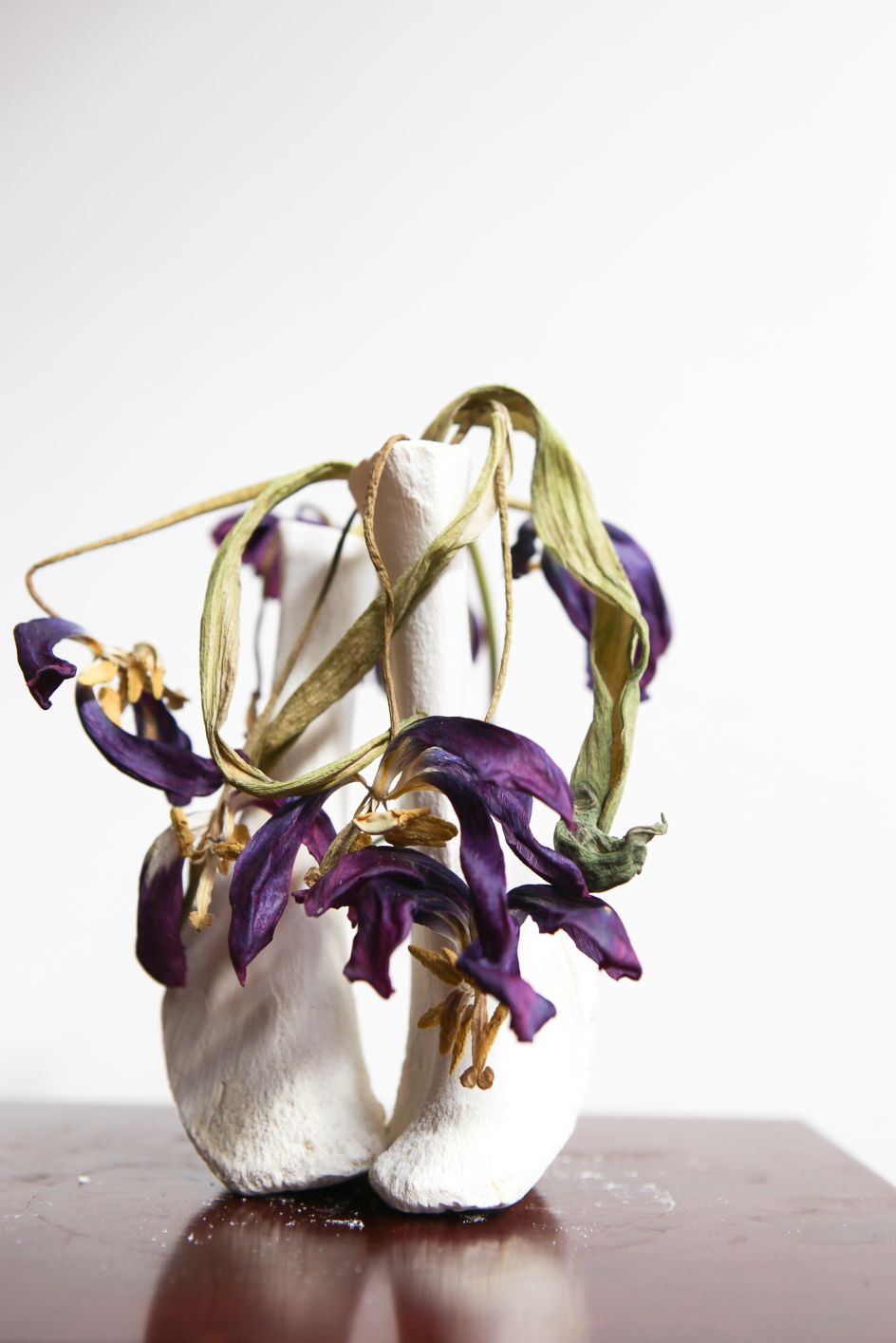
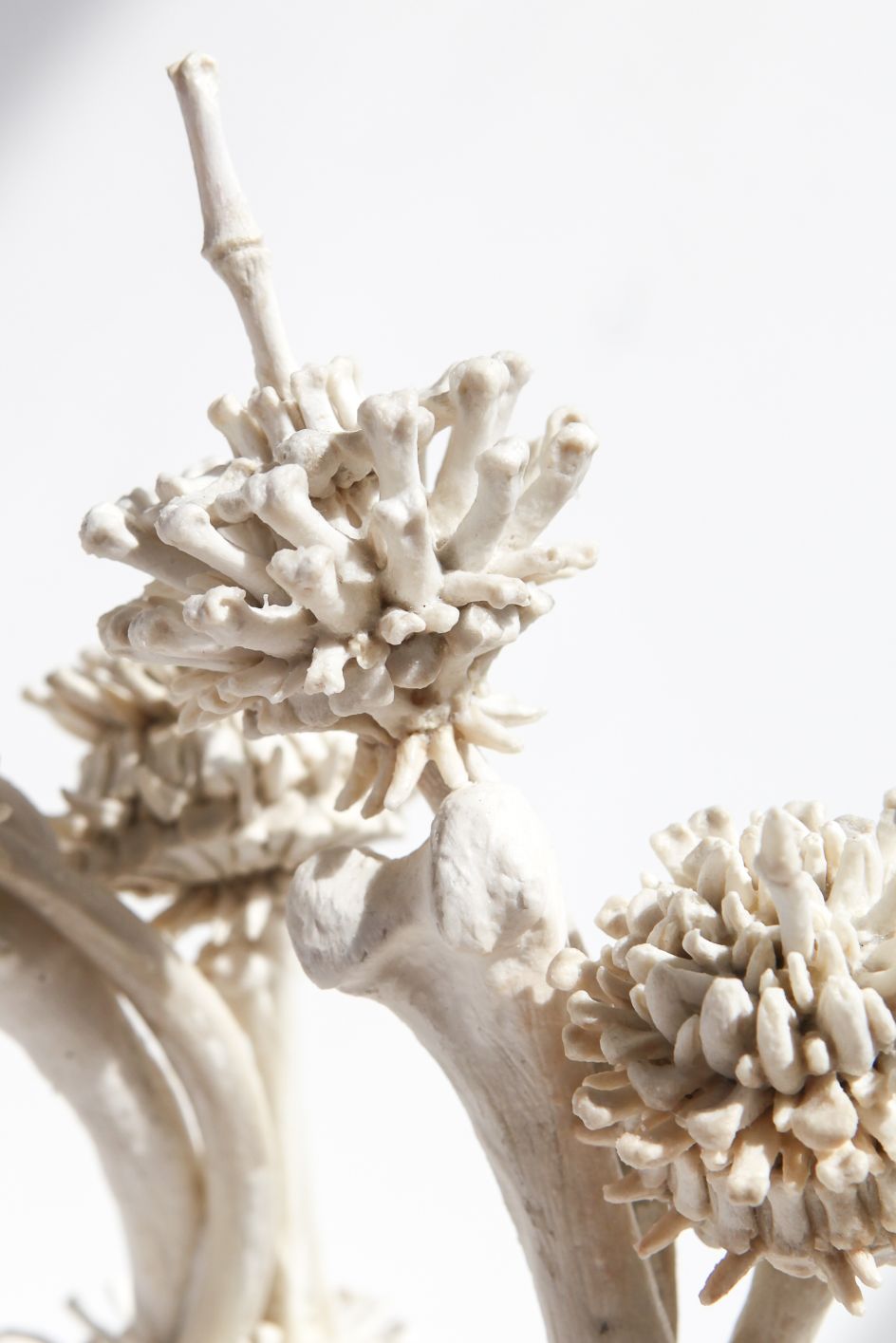
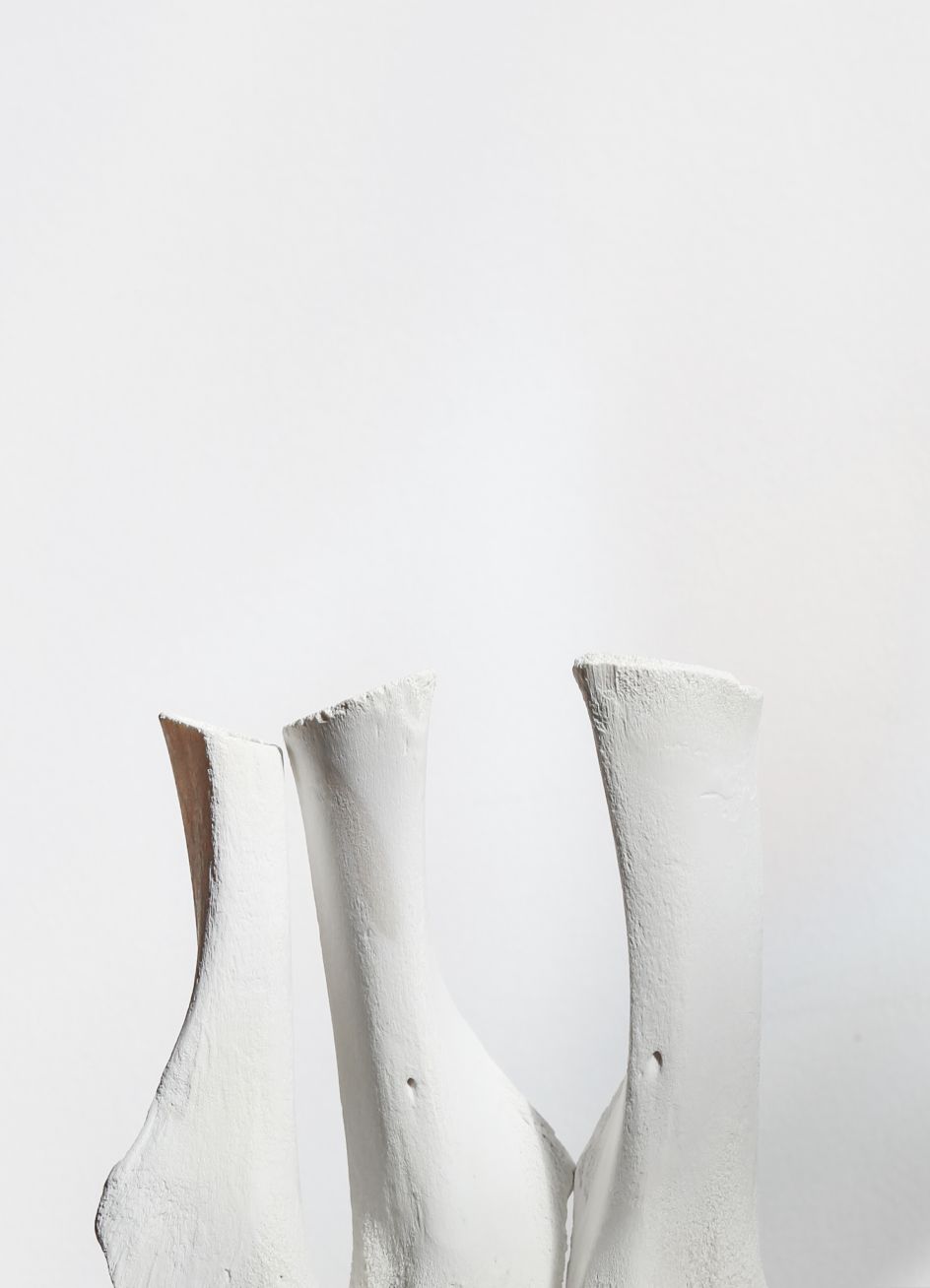
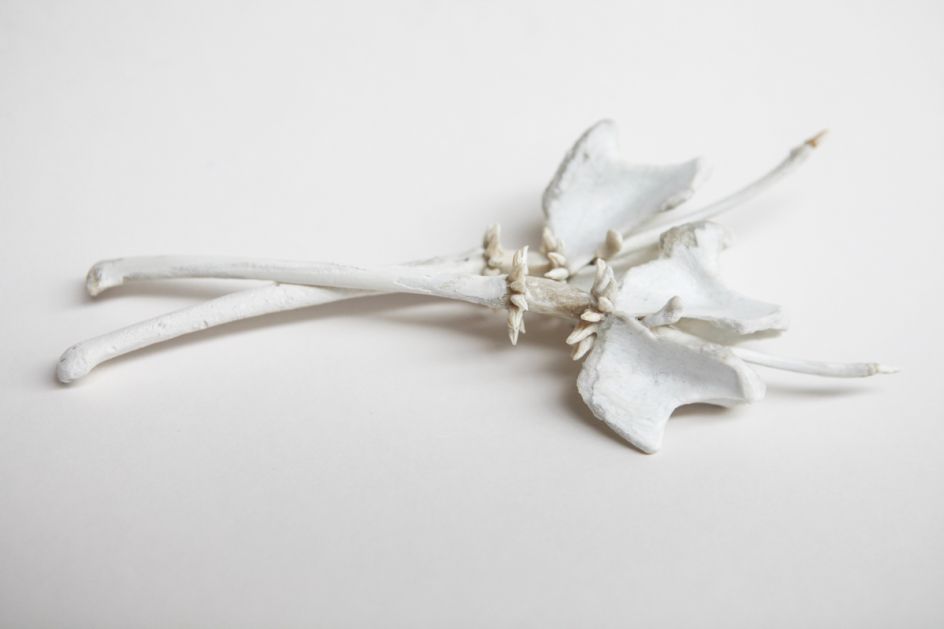




 by Tüpokompanii](https://www.creativeboom.com/upload/articles/58/58684538770fb5b428dc1882f7a732f153500153_732.jpg)


 using <a href="https://www.ohnotype.co/fonts/obviously" target="_blank">Obviously</a> by Oh No Type Co., Art Director, Brand & Creative—Spotify](https://www.creativeboom.com/upload/articles/6e/6ed31eddc26fa563f213fc76d6993dab9231ffe4_732.jpg)








